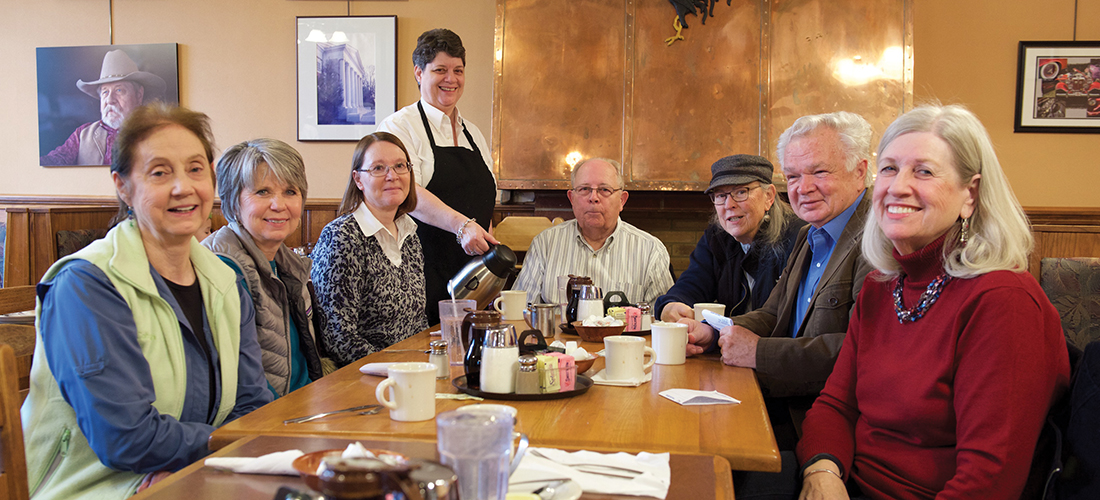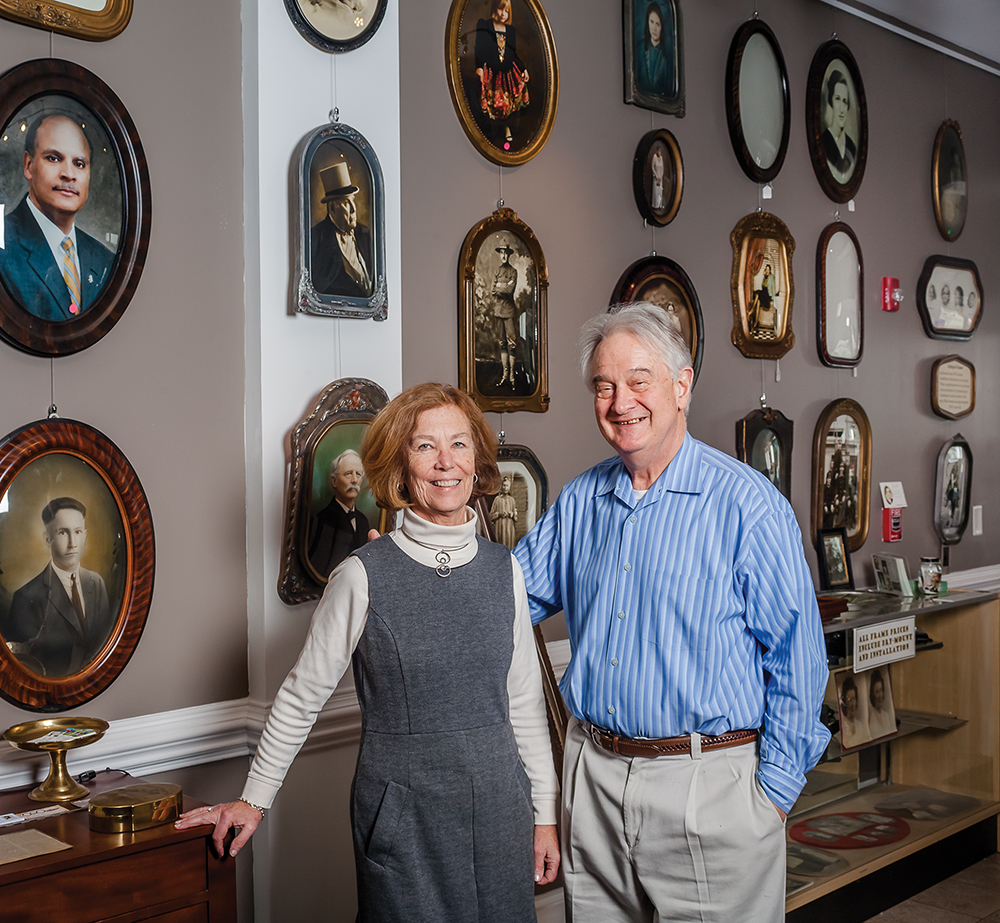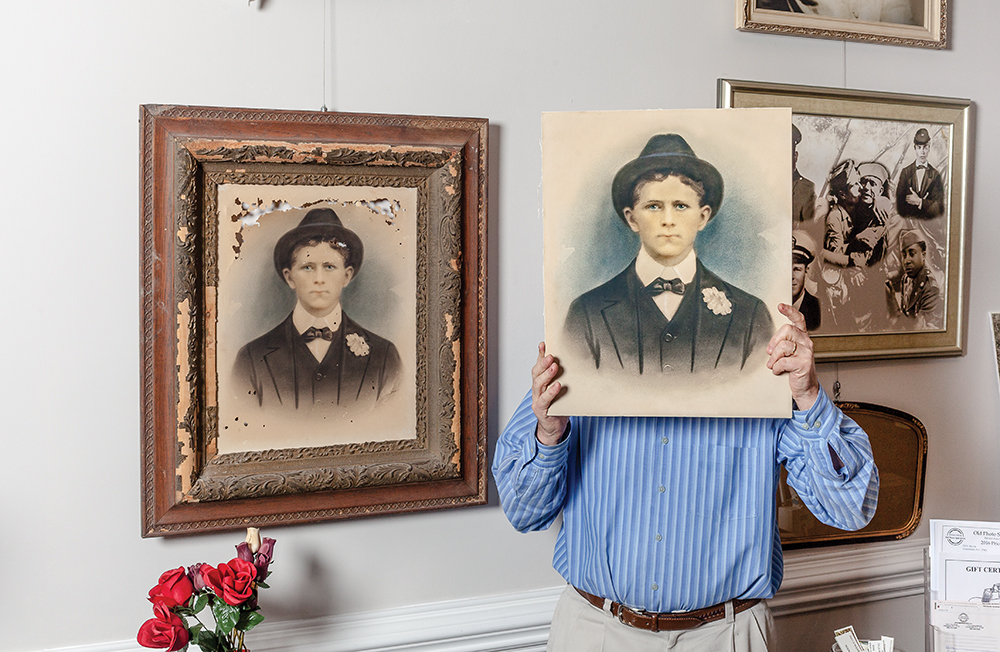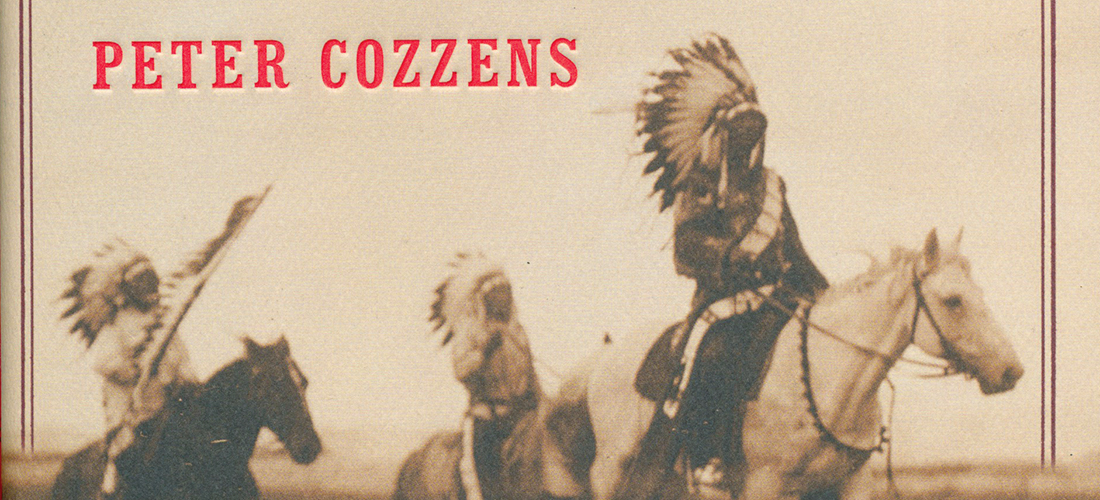Echoes of the past in a College Hill treasure
By Nancy Oakley • Photographs By Amy Freeman

The past, as William Faulkner once famously wrote, “is never dead. It’s not even past.” And no one grasps this concept better than Bill Moore, who, as former director of the Greensboro Historical Museum (recently renamed the Greensboro History Museum) walked and worked with the past for forty years. For the last twenty-six, he and his wife Jane have lived with the past — a big distinction he’ll tell you, from living in it. The Moores, you see, reside in one of the oldest houses in Greensboro and one of ninety-some properties on the list of officially recognized Guilford County Landmarks. The walls of this stately structure on McGee Street in College Hill echo with the lives of those who came before — amid hustle and bustle of students and downtown denizens and athletic contests on the Greensboro College soccer field lying directly opposite.

On a warm day in early spring, Moore is deciding what to do about a portion of the front porch that has buckled. “Treated wood just does not like paint,” says the soft-spoken 78-year-old. A contractor had suggested using Trex, a wood alternative frequently used on decks and patios that’s impervious to the elements. “But the Historic Commission said, ‘no,’” Moore says. “That was three years ago.”

He doesn’t seem to mind the time it takes to patch and repair, considering the years of “constant maintenance” the frame structure has required, including, on one occasion, burst pipes. “My wife was very brave to accept my challenge to buy this house,” Moore says with a gentle laugh. That was in 1986, when it had deteriorated to the point of being condemned. By then, the city had taken ownership of the property, saving it from being razed so it could be converted into a condominium development. “They turned it over to the College Hill Neighborhood Association and put certain restrictions on the restoration, and encouraged people to bid on it,” Moore recalls. “We were the lucky bidders at that time,” he says, pausing to correct himself: “We were the only bidders, I should say.”
And little wonder. The house, as Moore remembers, “was in pretty rough shape.” The porch, which was added in the 1920s, was in much worse condition than today’s incarnation with its single wrinkle and had completely rotted. The gutters, supported by protruding eaves were rusted and “useless,” Moore says. Its grimy walls, painted white, were framed with dark trim. “Things had been stolen and destroyed,” Moore recalls. The entire back of the house, a later addition, had completely worn away. In sum? “It was a mess,” Moore says. “When my mother saw the house, she cried. She probably thought I’d lost my mind!” he says, with a chuckle.
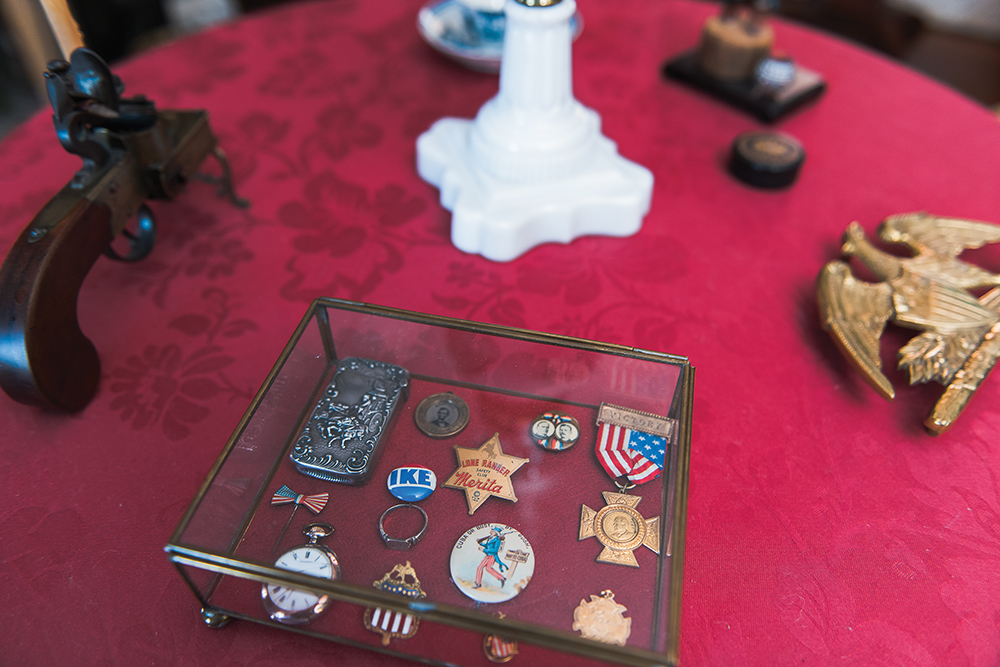
But the pairing of the house with its new owner was “a perfect match,” says Benjamin Briggs, executive director of Preservation Greensboro, for the house was alive with history. And it ignited Moore’s lifelong passion for earlier times.
As a boy, he remembers collecting Indian artifacts near his home in Asheboro, with his father’s brother, a deaf mute, as his guide. “He may have lost his hearing and his voice, but he had keen eyesight,” Moore remembers. “And he could find arrowheads in the fields that I would have walked right over. So he taught me a lot right there.” His high school history teacher and a Sunday school teacher further fueled young Moore’s interest in history, as did another uncle in Washington, D.C. “My mother’s brother lived up there,” Moore says. “He was very interested in history and he would take me to places.” Ford’s Theatre, with an exhibit on the assassination of Abraham Lincoln, was a favorite, and gave rise to Moore’s fascination with the nineteenth century and the sixteenth U.S. president.
By the time he was in college at High Point University (then High Point College), Moore had discovered Town Creek Indian Mound, whose archeologist told him about a new summer job opening. He applied and got the job. In the mid-1960s, Moore signed on with the Historical Museum. “There were no museum training programs like there are now,” he notes. “I learned on the job.” One of his first responsibilities was to restore the Francis McNairy House. “I had to do a lot of research and just got into it and thought, ‘Wow! This is what belonged here. This is the kind of corner cupboard they would have had — it’s not the greatest in the world, but it’s the kind they would have had,’” Moore says. “So I began, systematically, to put myself in those peoples’ place and say, ‘What would I have done? What kinds of things would I have had?’” His approach led to further restorations, of the Museum’s Christian Isley House, and the Hockett Blacksmith and Woodworking Shops. That experience “fine-tuned” his interest, not only in history, but in decorative arts, as well. It also helped him expand the Museum’s collections. “I probably overdid it sometimes,” Moore now admits, “But I wanted to be sure the Museum had a good quality of collections.” His work experiences prepared him, in the mid-1980s, to bring back to life the frame “mess” on McGee Street.
“This is what you call an Italianate farmhouse,” Moore explains. “It was outside the city limits until 1911,” he posits. He has identified its origins as dating to somewhere between 1845 and 1855, and in tearing out its damaged walls during the course of the restoration he discovered parts of other houses used in its original construction. “I’m also getting closer to whether Gov. Morehead bought this house for his daughter Letitia,” Moore says, adding that there has long been chatter about the twenty-ninth N.C. governor’s association with the property. “Why would something like that just come out of the wood?” Moore wonders. His take is that Gov. Morehead likely owned the land and when his daughter was married to Mr. William Walker, the newlyweds occupied the house for a time, until Walker’s ferry business on the Yadkin River prompted a move. After his death, Letitia and the children moved back in with her father. “So the focus is on Blandwood,” Moore notes. Preservation Greensboro, where Moore has served as a board member, has been helpful providing clues suggesting Morehead’s ties to the property, but more sleuthing is required to confirm it. “It’s a wonderful, charming problem to have,” observes Briggs, and one particular to old Southern towns with rich oral histories, such as Greensboro. Still, Moore believes uncovering indisputable evidence of the Morehead connection “Is going to be a lucky find.”
A find as lucky as a single diary entry linking the house with another historic figure, Jefferson Davis, for instance. “I’ve never quite proven that,” Moore is quick to say. “That story started at least in the ’20s,” he recalls, a period of romantic revival for the Civil War. Moore does know that at the time of that conflict, the house was owned by Samuel Scarborough, a grocer, who rented the dwelling to a Col. Samuel Potts. Moore has also confirmed that by 1865, Jefferson Davis’s nephew and aide de campe, John Taylor Wood, had come to Greensboro with his wife and children. With the Confederacy disintegrating, it was a period of near chaos in the Gate City. “There were riots and people were stealing things,” Moore says. When a friend discovered a sentence in Wood’s diary, “Went to Potts’ to pick up Lola and the children today,” Moore surmised that the Scarborough house was where John Taylor Wood had installed his family and feared for their safety when violent outbreaks had overtaken the city. “And probably what happened was, when he went to get his family members, Jefferson Davis accompanied him.”
He would put his imagination to similar use in bringing back the residence, now commonly referred to as the Walker-Scarborough house (from which Walker Avenue takes its name, according to Briggs). In addition to tearing out the walls, removing the porch extension and replacing the rusted gutters with French drains, Moore had to replace the dilapidated rear of the house, where he and wife Jane would live for four years, from 1990 to 1994, before restoring the front rooms and upstairs bedrooms. For this back section, he chose an Italianate design, in keeping with the original style of architecture. The area contains a completely modern kitchen, painted slate blue, replete with granite countertops and a sunny sitting area where Moore keeps a number of his beloved books and one of the first antique pieces he acquired — a simple chest from New Hampshire. He stops and opens its lid, attached with original cotter pin hinges, to reveal a brownish stain on the underside. “This is where somebody set a candle down, and they closed the lid and they came back in and scooped it up before it burned,” Moore explains, relishing the human error forever imprinted in the chest fashioned completely by human hands — from a single piece of wood.
Joining the back portion of the house to the front rooms is a butler’s pantry with a “ghost drawer.” Moore playfully closes a recalcitrant drawer that automatically opens again. “For some reason, we have a ghost that likes to have it open all the time,” he says with a mischievious twinkle. But the focal point of the tiny room is not so much the drawer as the stained glass window above it. Bearing a grape motif, it was salvaged from a house that was being torn down across from the Museum. “It’s very comforting,” Moore says, “I knew the people who lived in the house. It was a brother and a sister. They were quite elderly and neither one had married.” He had an electrician configure the wiring so the window can be illuminated from either side — in the butler’s pantry or the adjoining front hallway. And it is here that one begins to see the full scope of Moore’s imagination and love of old things.
Where does the eye alight first? On the checkerboard floor — faux painting that Moore did himself, along with local artisan John Kraus? Or on the card table and chairs in the hallway that Moore bought on antiquing trips to New England (“because I didn’t want to create a conflict as much with the Museum’s collecting,” which he explains was primarily local and from Virginia)? Standing sentry by the door is a grandfather clock; on one of its ledges sits a tiny toy mouse. “Hickory, dickory dock,” Moore jokes.
Flanking the hallway are the two front rooms awash in bright hues, typical of the Federal period, a favorite of Moore’s. “We’ve always liked color, and we decided to do the ceilings white and the walls in different colors,” Moore says, explaining that he’ll experiment with swaths of color on a portion of wall before committing to a more permanent palette. The dining room, scene of frequent family reunions and holiday gatherings, is painted a deep rich purple that carries contrasting gold accents from pieces of pottery, many of them reproductions of Salem and Alamance styles. Golden hues also glint from and gilt picture frames, one of which encompasses a dramatic wilderness landscape reminiscent of the Hudson River School featuring tiny figures of Indians in the foreground. “It’s unsigned and I didn’t pay much for it,” Moore says. “But I like the scenery, and the Indians.” He stops by the sideboard and retrieves a glass dish with an imprint of Little Bo Peep.
It was a gift from his mother. He once suggested to her that it might be of some monetary value. “And she looked at me, and she said, ‘I wouldn’t sell it for anything. That belonged to my father.’” He laughs. “And I realized then what she said: It has no value; it’s priceless.”
Which is how Moore has come to view the objects scattered throughout and the house itself. “It speaks to me,” he says. “Everything has a story.” Such as the figurine of Gov. Zebulon B. Vance in the teal-colored living room —a plaster replica of the bronze sculpture by Henry Jackson Ellicott that stands in Union Square around the Capitol in Raleigh; Moore picked it up at an estate sale for $5 and had the dismembered arm repaired by a dentist friend. Or the box of tiny curios — a medal that Moore won in high school, his wife’s grandmother’s ring, an “Ike” campaign button and another one from one of Abraham Lincolon’s campaigns. Or the Kachina doll he picked up in Santa Fe, New Mexico. Or the brass bucket by the living room mantel, a wedding gift from his Sunday schoolteacher. Or the model of the ironclad Monitor, from Dr. John Murphy, donor of the Museum’s collection of Confederate firearms. “I can look at something, and I can remember where I was when I got that, or somebody gave it to us for whatever reason,” Moore explains, insisting that his home is not a mausoleum to the past. “We sit in here sometimes and listen to music, and just talk, maybe have a glass of wine or something like that. It just sort of feels good. It’s relaxing,” Moore says. He likes to light candles in the evenings set them before a Moravian cupboard handcrafted in maple, and watch its curly grain fairly dance under the tapers’ flickering glow.
And he feels a connection to house’s previous occupants, appreciating their “hardships and their joys,” whether the 19th-century family of eight, who had no electricity or running water, or actor Donald O’Connor of Singin’ In the Rain fame, who lived upstairs while he was stationed in Greensboro at the Overseas Replacement Depot during World War II. “It’s a very personal thing,” Moore says. “I told my son, ‘When I’m gone, don’t worry about anything. You keep what you want to, that you remember growing up. But you can sell the rest.’” He pauses. “We’re only custodians for a while of everything. We have somewhat of an obligation to look after it and an opportunity to say, ‘Do you feel the same way about this that I do?’ And if they don’t, then so be it.” At this, Moore smiles, perhaps with the knowledge that those things will go on long after we will, absorbing the joys, sorrows, ponderings and imperfections of subsequent generations — the eternal human bonds that keep the past ever present. OH
Over the years, Nancy Oakley, senior editor of O.Henry, has occupied a series of tiny but historic apartments.


